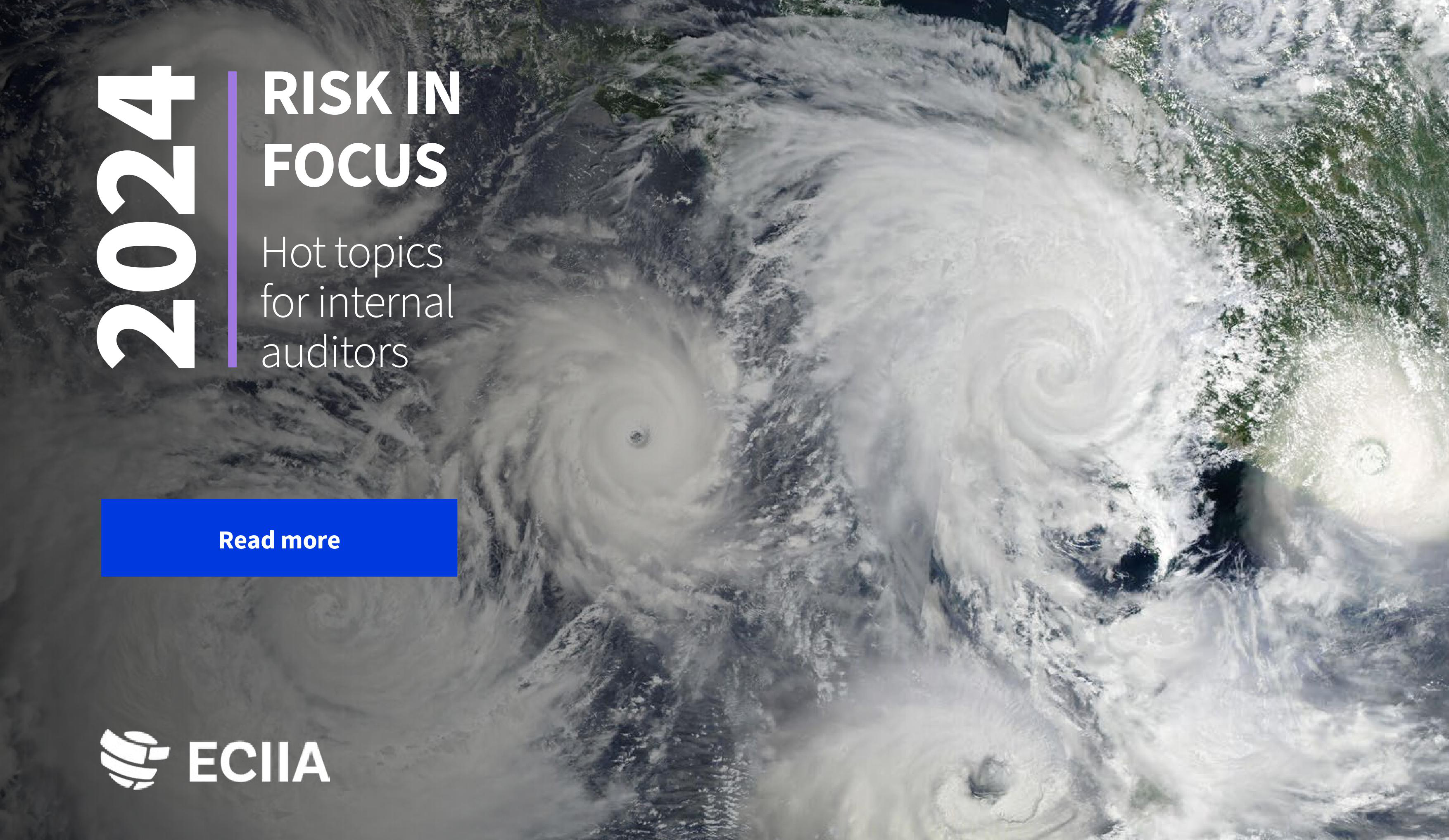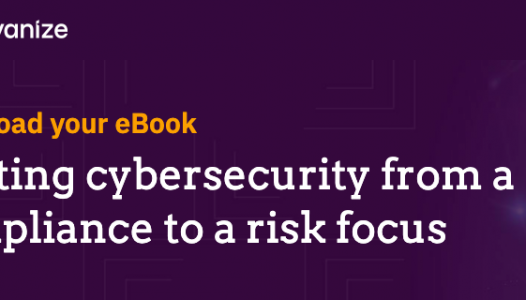For the past eight years, Risk in Focus has sought to highlight key risk areas for internal auditors when preparing their independent risk assessment work, annual planning and audit scoping. The 2024 research report has revealed a looming poly-crisis as a series of high-impact risk events occurring simultaneously and exacerbating a multitude of interconnected risks. The report calls on boards to collaborate with internal auditors to navigate the poly-crisis by having an unwavering focus on organisational resilience and working together to respond rapidly to the myriad of immediate and fast-moving risks businesses now face.
“More than ever, it is time for internal auditors to assist the board in the transformation journey towards sustainable and resilient businesses, in a fragile economic context” John Bendermacher, ECIIA President.
Key findings
- Cybersecurity retains its longstanding top spot: 84% of respondents voted cybersecurity as the number one risk for the sixth year in a row
- Human capital, diversity, talent management and retention also retained its 2nd place ranking (58% of respondents ) in the report as many businesses find themselves out of sync with the post-pandemic culture
- CAEs (43% of respondents) ranked macroeconomic and geopolitical uncertainty as their organisations’ 3rd biggest risk – jointly with changes in laws and regulations.
About Risk in Focus 2024
This year, Risk in Focus 2024 involved a collaboration between 16 European Institutes of Internal Auditors, spanning 17 countries which included Austria, Belgium, Bulgaria, France, Germany, Greece, Hungary, Italy, Luxembourg, The Netherlands, Norway, Poland, Spain, Sweden, Switzerland, and the UK & Ireland. It is the highest number of European countries involved so far. The survey elicited 799 responses from CAEs across Europe. Simultaneously, five roundtable discussions were organised with 46 CAEs. In addition, we also conducted 11 one-to-one interviews with subject matter experts that included CAEs, Audit Committee Chairs and industry experts to provide deeper insights into how these risks are manifesting and developing.
In case you are interested in downloading the full report for free, please click here.






